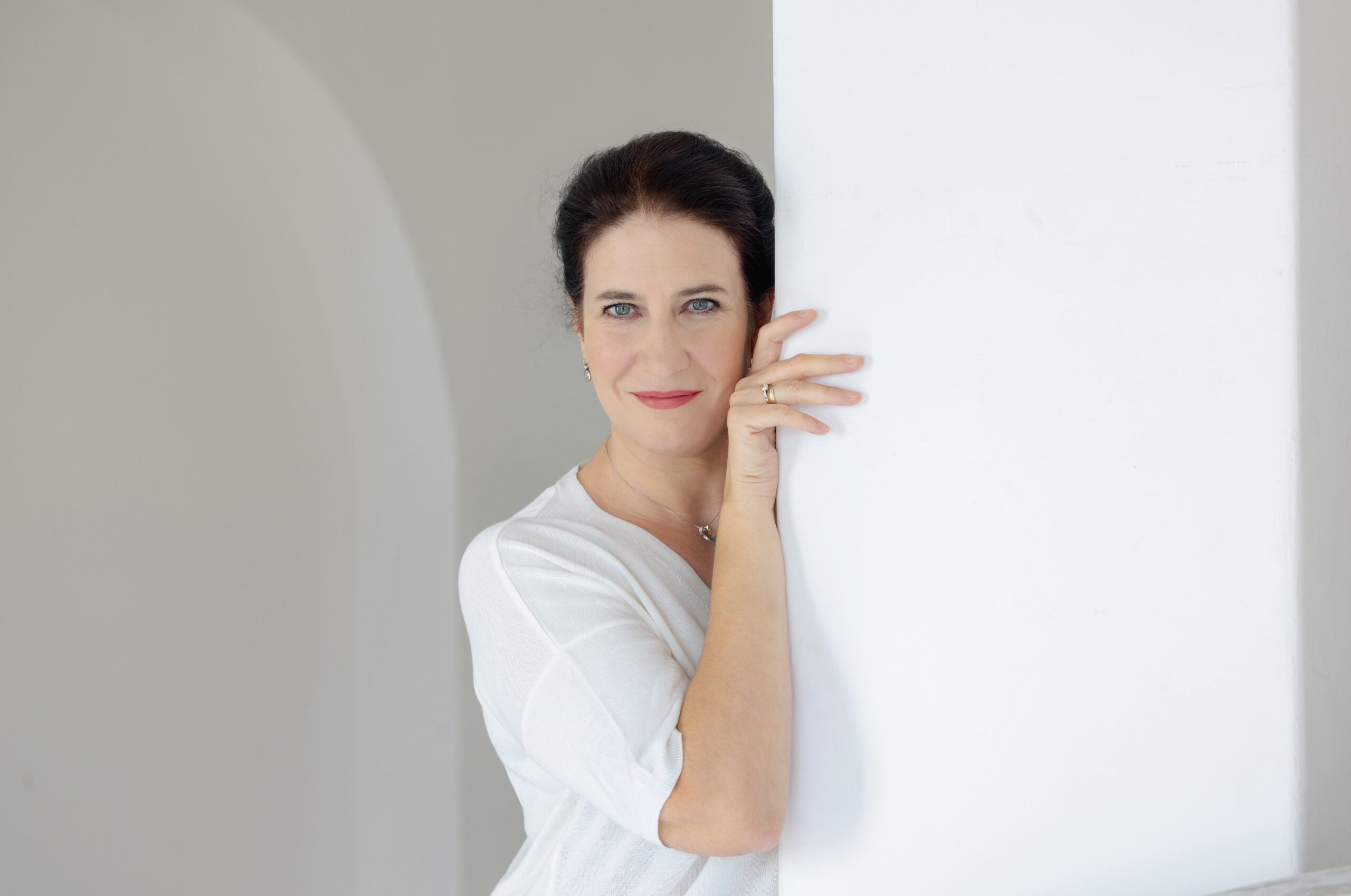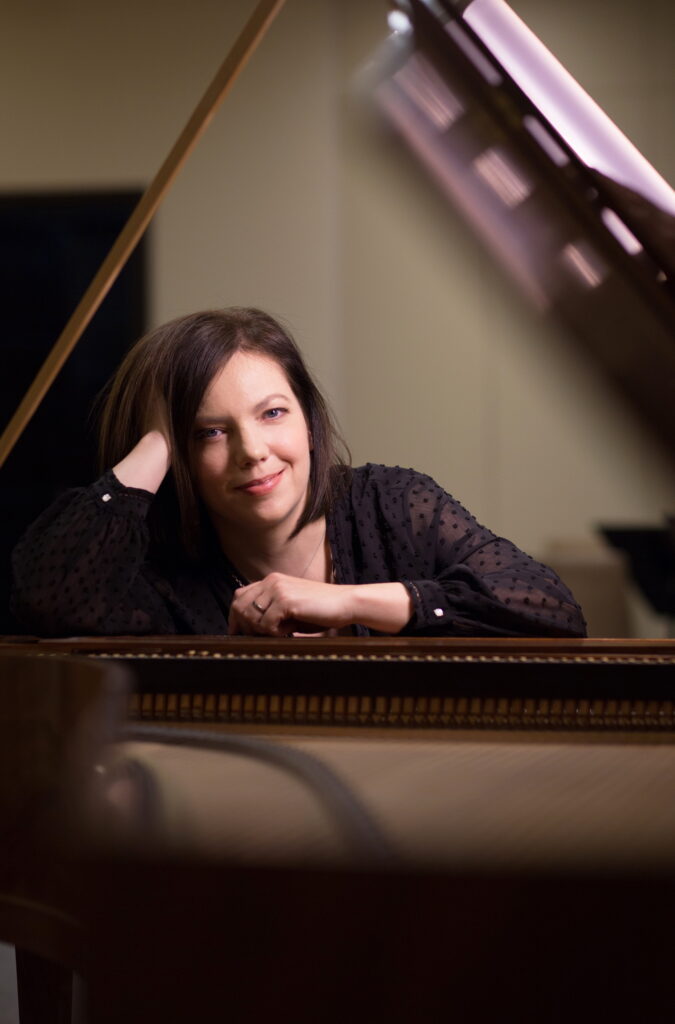Katalin Szutrély – soprano
Petra Somlai – fortepiano
Franz SCHUBERT (1797–1828):
Der Blumenbrief (The Message of Flowers), D 622
Der Müller und der Bach (The Miller and the Brook), D 795: No. 19
Frühlingstraum (Dream of Spring), D 911: No. 11
Heidenröslein (Wild Rose), D 257
Der Lindenbaum (The Linden Tree), D 911: No. 5
Im Haine (In the grove), D 738
Robert SCHUMANN (1810–1856):
Waldszenen (Forest Scenes), Op. 82
—
SCHUMANN:
Die Lotusblume (The Lotus-Flower), Op. 25 No. 7
Du bist wie eine Blume (You are so like a flower), Op. 25 No. 24
Der Nussbaum (The Walnut Tree), Op. 25 No. 3
Erstes Grün (First Green), Op. 35 No. 4
Mondnacht (Moonlit Night), Op. 39 No. 5
SCHUMANN:
Kinderszenen (Scenes of childhood), Op. 15
Johannes BRAHMS (1833–1897):
An ein Veilchen (To a Violet), Op. 49 No. 2
Feldeinsamkeit (Alone in Fields), Op. 86 No. 2
Geheimnis (The secret), Op. 71 No. 3
Wiegenlied (Lullaby), Op. 49 No. 4
Meine Liebe ist grün (My love’s as green), Op. 63 No. 5
Category II tickets for the concert are also available in the Haydn Hall, in case the Apollo Hall is sold out.
Visibility in the Haydn Hall is limited!
You can also buy tickets for the concerts at the ticket offices of the Esterházy Castle in Fertőd and the Széchenyi Castle in Nagycenk with OTP, K&H or MBH SZÉP cards.
The concerts are recorded on video and audio, we reserve the right to change the programme and the cast.
Please dress appropriately for the occasion at our events.






